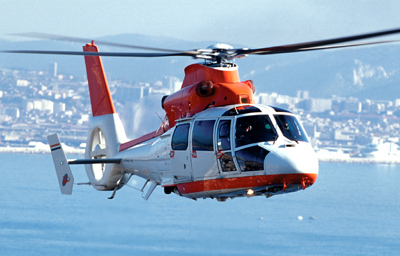Helicopter - Choppers Make a Mark

Despite slow growth of civil helicopter industry worldwide, optimism about increasing usage of the rotary wing runs high in India.
Helicopter markets the world over consist of two components: the military and the civil. The military component has always been dominant as it is driven by ever increasing defence budgets and the need for mobility, firepower and logistic support for the ground forces in a battlefield. The main criterion is operational efficiency, not cost. On the other hand, the civil component, weighed down by high cost of acquisition and operations, has generally grown at a much slower pace. The current size of the civil market for helicopters is estimated to be one-fourth to one-seventh of the military market.
The story is somewhat similar in the Indian context. Although the first helicopter flew in India in November 1953, nearly 55 years ago, the rate of growth of the civil helicopter fleet has been rather modest. It is only since 2004 that the fleet registered a double digit growth. In 1999, there were 106 civil registered helicopters in India. The number has now gone up to 200. Against a global average of one helicopter per half million people, in India the ratio is one helicopter for five million. Interestingly, even the Rotary Wing Society of India (RWSI), the only such body in the country, came into being in 1998 and that too as a result of the single-handed efforts of Air Vice Marshal (Retd) K. Sridharan, an accomplished helicopter pilot.
Notwithstanding the late start, the prospects for growth in the civil helicopter fleet in India are bright. Factors such as rapidly growing economy with activities spreading to remote and hitherto inaccessible areas, increased dependence on air travel and the ever-widening search for energy reserves could propel growth in the civil helicopter fleet in the next few years.
There has also been and continues to be a constant evolution in the vertical-lift technology. Technological barriers in the form of physical limits on forward speed and the helicopter’s broader acceptance as a safe, affordable and efficient means of transport remain till date.





